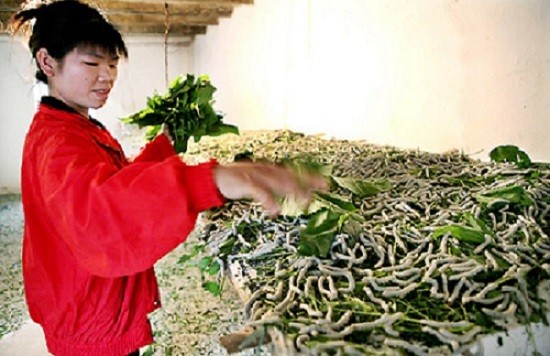Experts at the Technological Protection Institute at the Academy of Turpan Studies are aiming to revive silk farming to have it as one way of restoring 2,000-year-old relics found inside ancient tombs discovered in Turpan in Xinjiang Uyghur Autonomous Region.
Some of the historical objects to be restored in particular are handbags, clothes, and kerchiefs all made of silk. The institute will be contacting some German experts to aid them restore 33 clothes within the year.
Silkworms will also be sought for help.
The restoration of the said clothes will involve the use of special silk. That is when the silkworms will come handy.
Xu Dongliang, deputy head of the Technological Protection Institute, said that the silk they need for this restoration project should be close to the actual silk they got from the tombs.
Silk farming in Turpan traces its beginning way far back during the Han Dynasty (206 B.C.–A.D.220). Silk, that time, was much valued.
In ancient China, only emperors and a few officials of the highest positions were entitled to wear silk. Peasants--for those who could afford--were allowed to wear silk only in the 16th century beginning the Qing Dynasty (1644–1911).
Up to this day, several mulberry trees growing since ancient times are still standing in Turpan. Silkworms eat mulberry leaves.
The ancient Silk Road or Silk Route, now a UNESCO World Heritage Site with the official name “Silk Roads: the Routes Network of Chang'an-Tianshan Corridor,” flourished around 114 B.C. to 1450s and has a length of 4,000 miles. Turpan was part of that important route.
Fast forward to contemporary China and it now has what it calls the Silk Road Economic Belt project aka Belt and Road Initiative/One Belt, One Road (OBOR). It is a current major endeavor of the country to do business abroad, particularly with Eurasian countries.
The institute will be hiring some Turpan natives to engage again in silk farming or sericulture to produce the much needed silk.
Turpan farmers are wanted to go back once more to an ancient chore to accomplish a modern-day task.



























